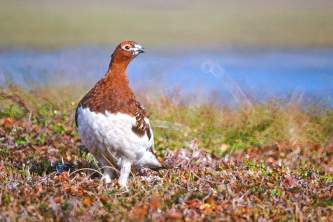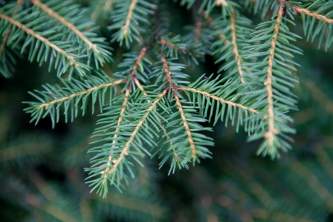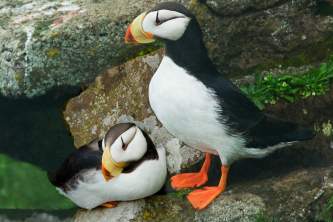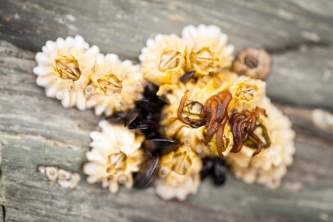Drinking Water In Alaska's Backcountry
Alaska is full of good drinking water. The risk of contamination and sickness, although always possible, is often overstated. Still, you should evaluate each water source and be prepared to treat or filter it if necessary. Human and animal waste, as well as associated bacteria like giardia and cryptosporidium are primary dangers.
Making an Evaluation
The closer to the source you are, and the more remote the area, the greater the chances of avoiding contamination. Ice-cold and fast-moving water is also usually safer. Beware of heavy signs of animal life and traffic along shore, beaver dams upstream, or nearby caribou herds, as there is a higher probability of fecal contamination.
Treatment Options
Iodine tablets and water filters will protect you from most commonly found bacterium. If using iodine tablets, stir in some powdered drink mix to help cover up the taste.
If you’re considering a water filter, evaluate its size/weight, price, and level of filtration (a pore size of .2 microns meets EPA water standards). You want something that’s easy to use, fits in your pack, and provides a baseline level of filtration. A top-of-the-line filter may not be necessary in many of Alaska’s remote areas and frigid waters. Stay away from silt-laden glacial water; it tends to clog up water filters. If it’s all that’s available, let the silt settle in a big pot or water bottle, then filter the water at the top. If silt goes through your filter, fully flush it once you’re home.
Additionally, you can purify water by boiling it for 3 minutes.
General Sanitation
Practicing good hygiene is the safest way to avoid dysentery or other sudden illness. Wash your hands with hot water or hand sanitizer after going to the bathroom, and before cooking and eating.
Dig outhouse holes at least 100 feet (30 meters) from any water source—200 feet is preferable. The hole should be at least 6 inches deep. Avoid making deposits in sand or among rocks.




